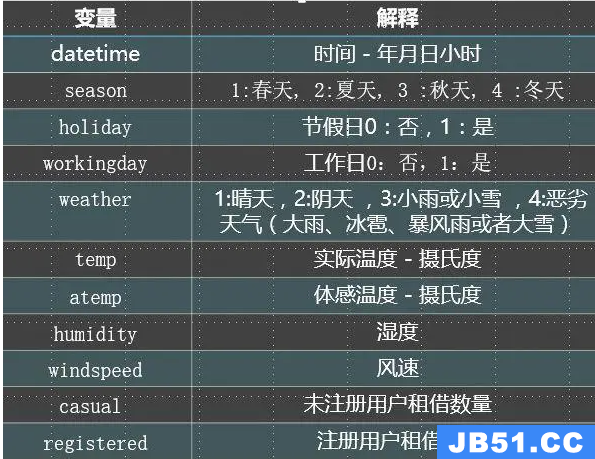Compares a template against overlapped image regions.
- C++: void matchTemplate (InputArray image,InputArray templ,OutputArray result,int method )
- Python: cv2. matchTemplate (image,templ,method [,result ] ) → result
- Python: cv. MatchTemplate (image,result,method ) → None
-
Parameters: - image – Image where the search is running. It must be 8-bit or 32-bit floating-point.
- templ – Searched template. It must be not greater than the source image and have the same data type.
-
result – Map of comparison results. It must be single-channel 32-bit floating-point. If imageis
and templ is
,then result is
.
- method – Parameter specifying the comparison method (see below).
The function slides through image ,compares the overlapped patches of size





-
method=CV_TM_SQDIFF_norMED

-
method=CV_TM_CCORR

-
method=CV_TM_CCORR_norMED

-
method=CV_TM_CCOEFF

where

-
method=CV_TM_CCOEFF_norMED

After the function finishes the comparison,the best matches can be found as global minimums (when CV_TM_SQDIFF was used) or maximums (when CV_TM_CCORR or CV_TM_CCOEFF was used) using the minMaxLoc() function. In case of a color image,template summation in the numerator and each sum in the denominator is done over all of the channels and separate mean values are used for each channel. That is,the function can take a color template and a color image. The result will still be a single-channel image,which is easier to analyze.














